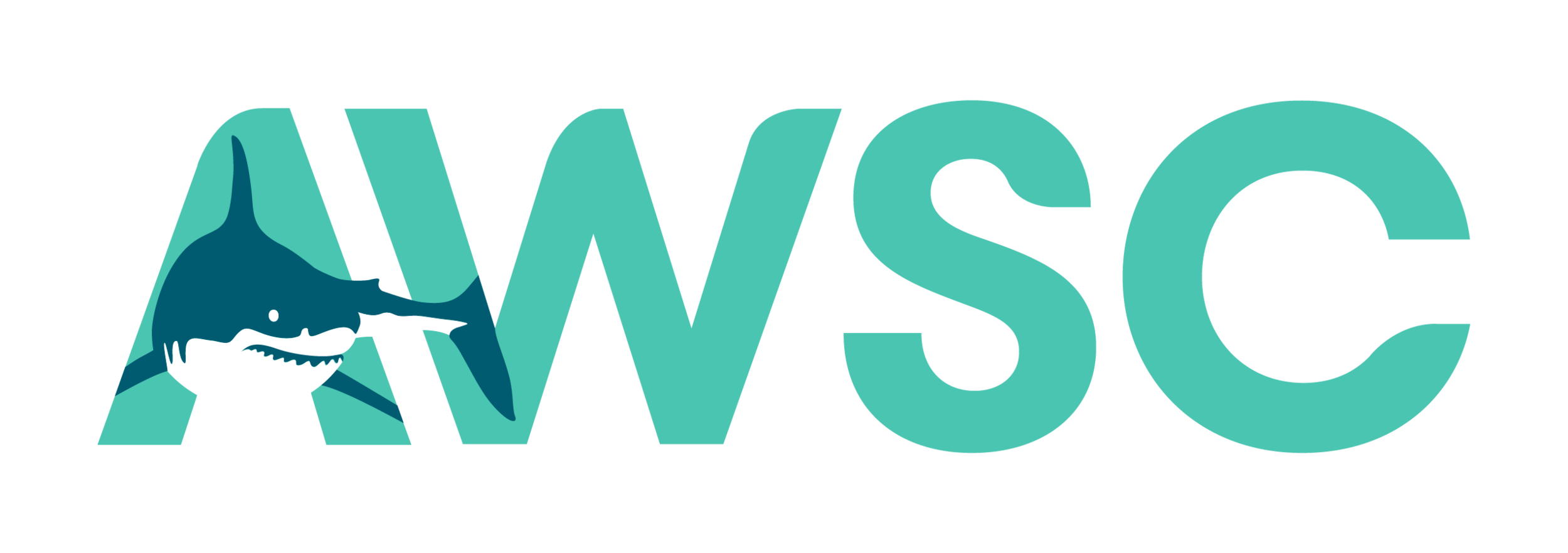Real-time detections added to Sharktivity App
The Atlantic White Shark Conservancy (AWSC) has launched a new feature on its popular Sharktivity App that notifies beach managers and app users of the presence of tagged white sharks at five locations along the Outer Cape in real-time.
Users can access real-time detection information of tagged white sharks on the app thanks to five acoustic receivers that have been deployed by the Massachusetts Division of Marine Fisheries (DMF) – with assistance from the Atlantic White Shark Conservancy – off the coast of Chatham (North Beach), Orleans (Nauset Trail 1), Wellfleet (Newcomb Hollow and Lecount Hollow), and Truro (Head of the Meadow).
“When a shark that’s been tagged with an acoustic transmitter swims within 500 yards of a real-time receiver, a notification is immediately sent to scientists and to local beach officials where there is cell reception,” AWSC CEO Cynthia Wigren explained.
The receivers were deployed for research purposes to evaluate their utility as a tool for monitoring the occurrence and movements of tagged white sharks in real-time. Now that the acoustic receivers have been deployed, the data has been integrated into the Sharktivity app.
Real-time receivers are represented as yellow icons on the app. When a tagged shark is detected, the icon color will change to purple for one hour. A summary of tagged sharks detected that day can be accessed by clicking on the icon.
“It’s important to note that the receivers only detect white sharks that have been tagged. Not all white sharks in the waters off Cape Cod have been tagged,” Wigren emphasized. “The notifications are being provided to raise awareness about the presence of white sharks off the coast and should not be interpreted as advice as to what beaches or parts of the water are safe.”
While beach managers are responsible for implementing safety measures to reduce the chances of white sharks interacting with beachgoers, Wigren said, the Conservancy has worked closely over the years with town, state, and federal officials to help promote public safety.
“A central part of our mission is to share the best available scientific data on shark activity in the region so that beach managers and the general public can make more informed decisions when white sharks are prevalent during the summer and fall,” Wigren said.
Nate Sears, Orleans Natural Resource Manager, added "With the amount of white shark activity off these beaches during the late summer months, we are beyond the strategy of trying to locate individual sharks in order to determine how folks can safely recreate in these waters. Our job is to educate the beachgoers to the gravity of the situation so that they may change their behavior during the most dangerous time of year. The data that is collected by these real-time receivers is just another research tool to provide additional information to the beachgoers and justify change."
